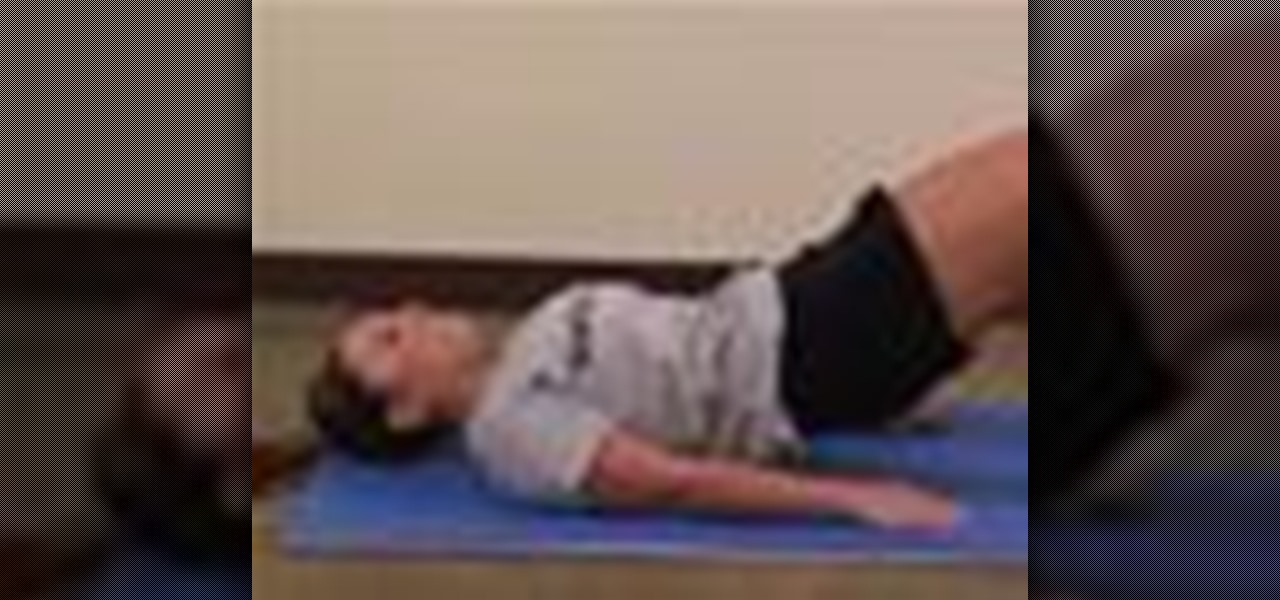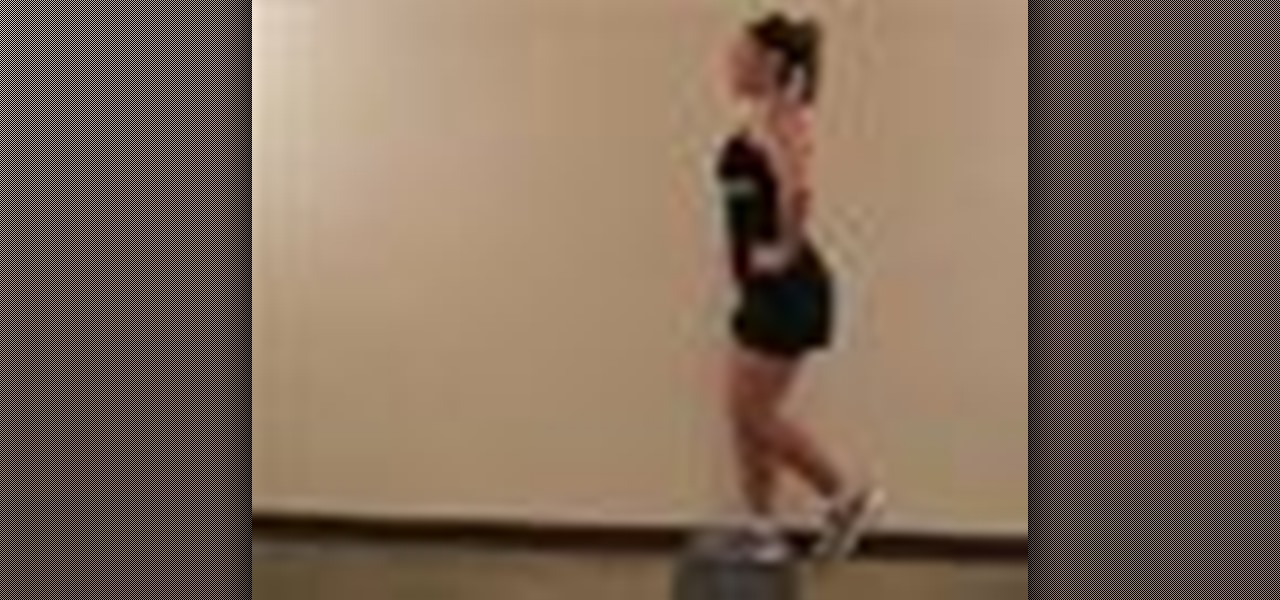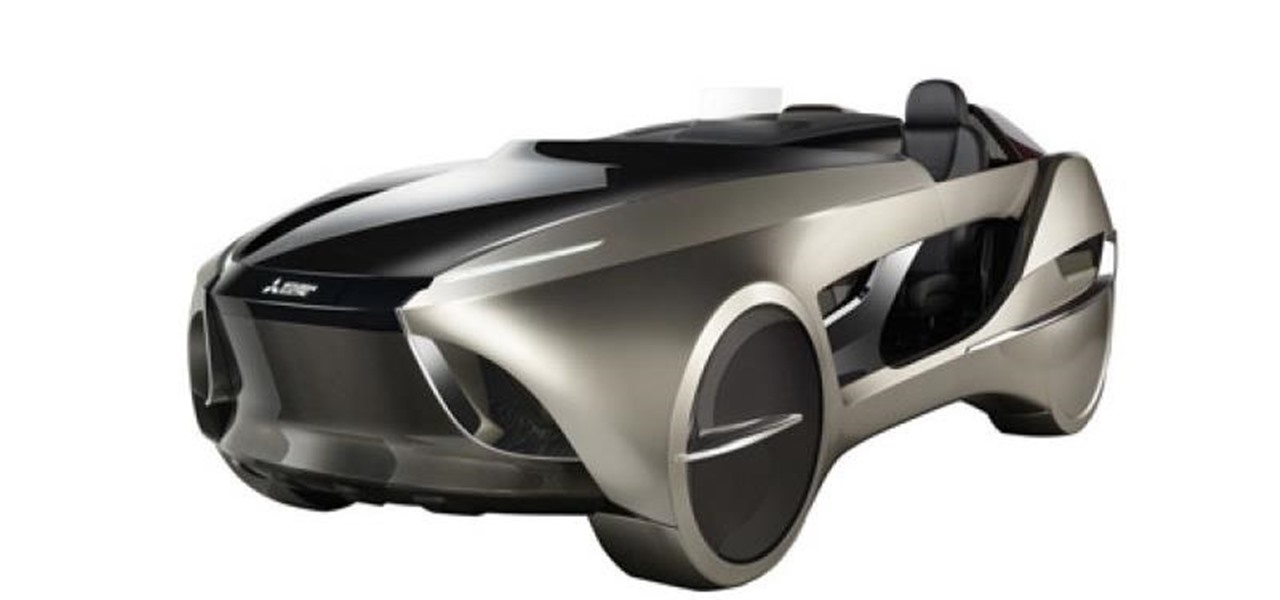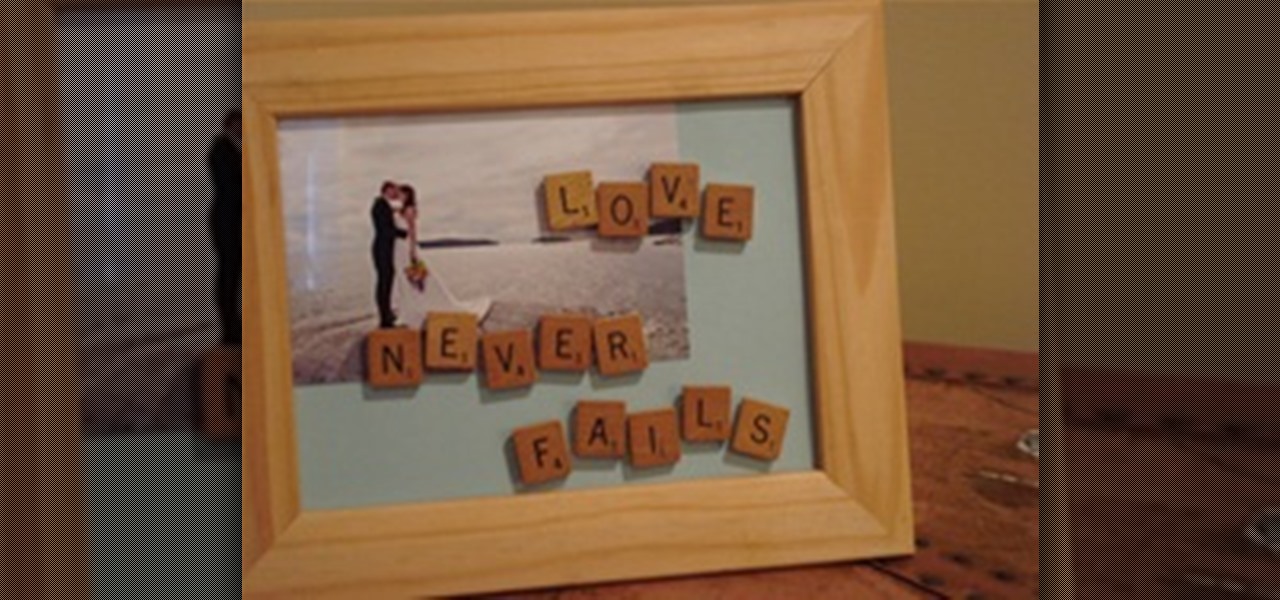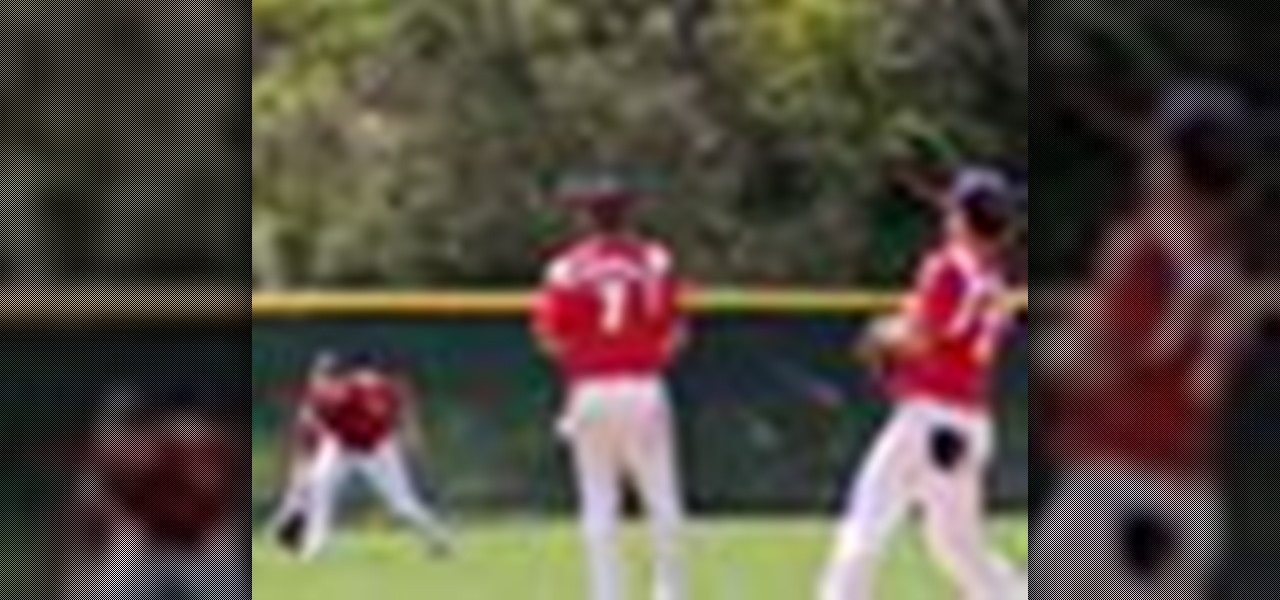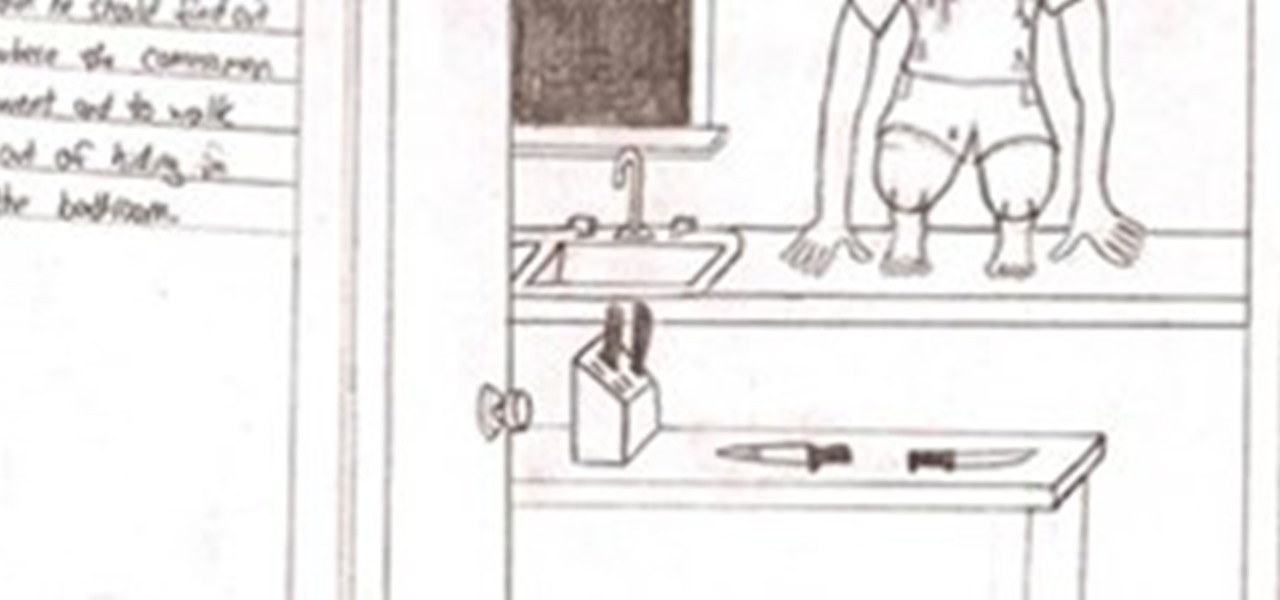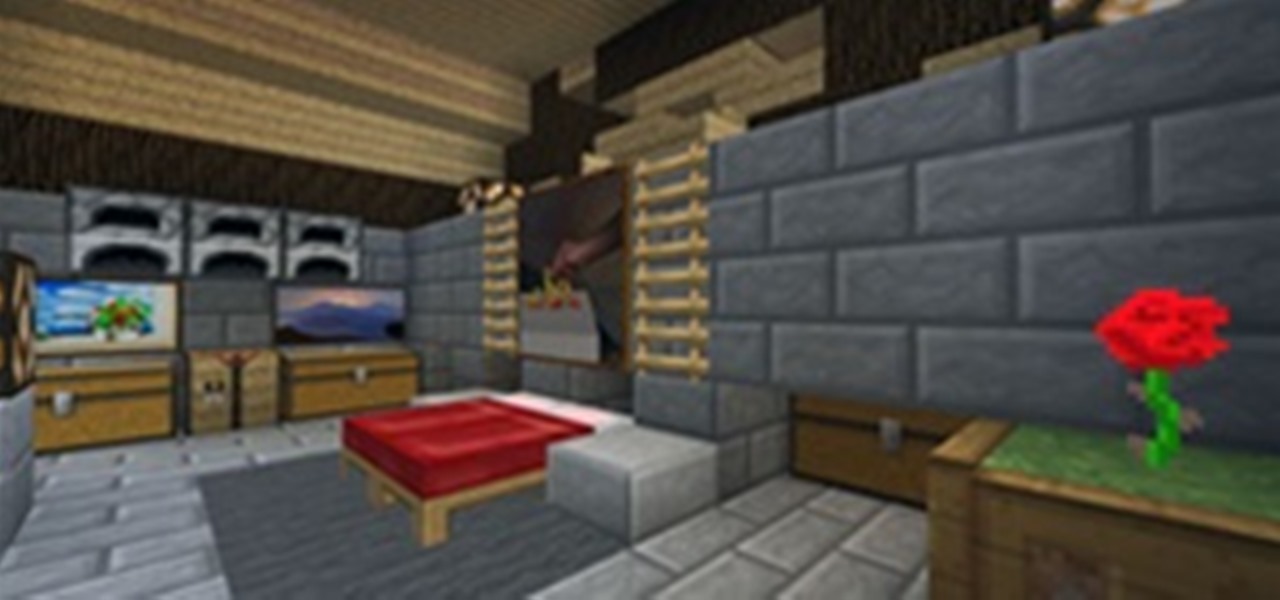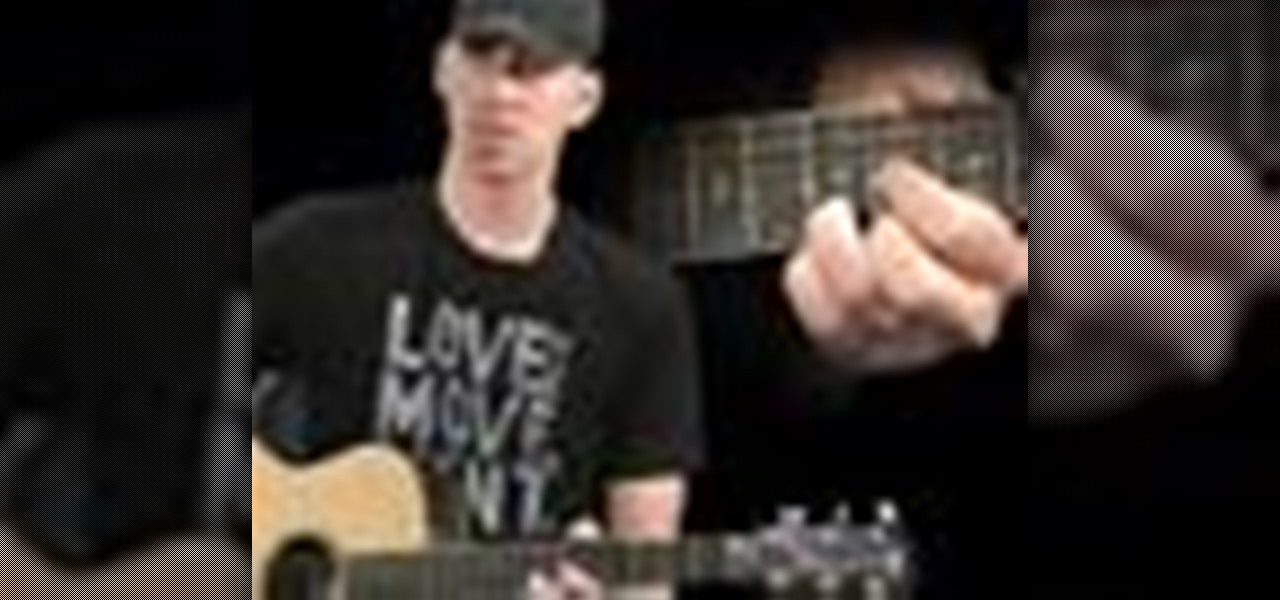
External shoulder rotation exercises are done to work the rotator cuff. The rotator cuff consists of four muscles. They include the supraspinatus, infraspinatus, subscapularis, and teres minor. Each muscle works to rotate the arm externally (laterally) and internally (medially). The following are instructions for the cable external rotation shoulder exercise:

The two arm dumbbell row exercise is used to target the back, primarily the latissimus dorsi or "lats." The lower back is also used in this exercise as a stabilizer. However, many individuals can often mistake this exercise as an arm exercise. While in fact you are incorporating your arms in this routine, it is important to remember that the main focus is the back. When performing this exercise it is very important to remember proper form; failure to do so could lead to back and neck pain.
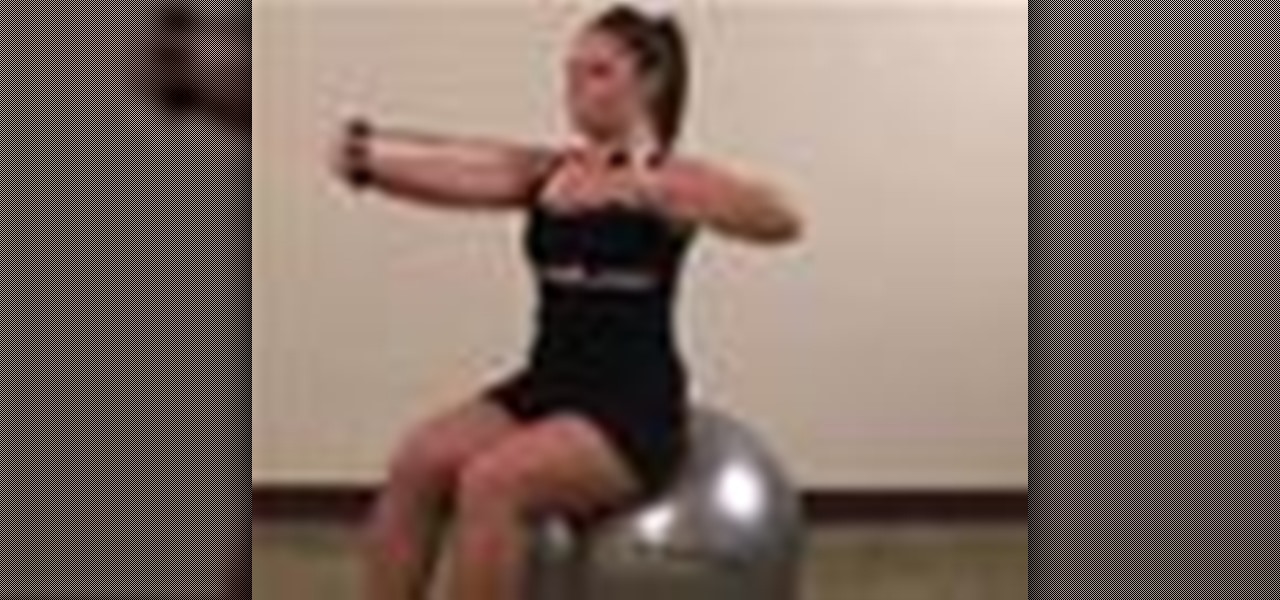
The bow and arrow pull is a simple exercise that is great for working the back muscles. This exercise also targets other muscles such as the triceps, biceps, and shoulders. The bow and arrow pull can be performed seated or standing.

The largest muscle in the back is scientifically known as the latissimus dorsi. You might see it referred to as the "lats" or "wings." The lats are used any time you pull something. For example, when you open a fridge or a car door, you are primarily using your lat muscles. The lat pulldown is a great way to target the back muscles. The following are instructions for performing this exercise:

The largest muscle in the back is scientifically known as the latissimus dorsi. You might see it referred to as the "lats" or "wings." The lats are used any time you pull something. For example, when you open a refrigerator or a car door, you are primarily using your lat muscles. The one arm lat pulldown is a great way to work the back. The following are instructions for performing this exercise:

This exercise is a convenient alternative to the traditional barbell row. The main target is the upper back, or scientifically, the latissimus dorsi. The "lat" muscles function to pull things. So whenever you open a door, your lat muscles are allowing the movement to take place.

Assisted pull-ups, as the name implies, allow you to perform pull-ups with help. In this exercise, the help is in the form of heavy duty rubber bands. This version of the pull-up is a great alternative for those who are unable to perform a traditional pull-up.

The contralateral superman exercise is ideal for working the lower back (erector spinae muscle). This exercise also works the hamstrings, butt, and shoulders. Some experts maintain that traditional supermans overload the spine in a potentially unsafe manner. Thus, contralateral supermans are usually the recommended alternative. With this technique, there is a reduced load on the lumbar spine. The following are instructions for contralateral supermans:

The reverse barbell shrug is an excellent way to work the trapezius muscles. This exercise is sometimes referred to as "behind-the-back shrugs." The reverse shrug minimizes the momentum that can be generated with traditional shrugs to the front of the body.

The hip roll is great if you are looking to target the midsection. This exercise is used to target the oblique muscles, which occupy the sides of the midsection. The job of the obliques is to assist with rotation of the torso, as well as basic abdominal contractions.

If you're looking for an easy oblique exercise, try the side crunch. The oblique muscles are used to assist with rotation of the torso, as well as basic abdominal contractions. It is important to note that even though the side crunch is an oblique exercise, the entire abdominal region is being worked.

Here is a simple exercise. Heel touchers are primarily used to work the oblique muscles. The obliques are used to assist with rotation of the torso, as well as basic abdominal contractions. The obliques are commonly referred to as the "love handles." It is important to note that even though the heel toucher is an oblique exercise, the entire abdominal area is being worked. A workout mat or soft surface is recommended.

This curl up is commonly used to test abdominal endurance. Many fitness certifying organizations use the curl up as a protocol for exercise testing. This exercise is similar to the abdominal crunch. However, the range of motion is greater than the crunch.

The vertical leg crunch is similar to the traditional abdominal crunch. The difference is in the positioning of the arms and legs, as well as the range of motion (the upper back comes higher off the ground). Listed below are instructions for performing the vertical leg crunch:

The supine abdominal bridge is a great core exercise. It is relatively easy to perform and requires no fancy equipment. While the abs are the primary focus, the supine abdominal bridge also works the thigh and hip muscles (e.g. gluteus, hamstrings, quadriceps). They each allow the "bridging" of the hips to take place. Here is how this exercise is done:

The supine bridge is a great exercise for the glutes/butt. It is relatively easy to perform and requires no fancy equipment. While the butt is the primary focus, the supine bridge also works all thigh and hip muscles (e.g. hamstrings, quadriceps, etc), and even the abs. These muscles allow the "bridging" of the hips to take place. Here is how this exercise is done:

The quadruped is a highly effective exercise that doesn't require expensive equipment. You will definitely feel this one working. The quadruped leg lift is also referred to as the "fire hydrant" exercise.

If traditional supine bridges become too easy, you can try to progress to the one leg version. This exercise is going to work your glutes like none other. Your hamstrings and lower back are also heavily engaged during this exercise. The single leg bridge requires an advanced level of fitness. This is generally true in cases where one leg is being used to support the majority of your bodyweight. Another factor that makes this exercise difficult is that it is perform using a Swiss ball (unstabl...

The dumbbell toe raise (aka dumbbell calf raise) mainly works the upper portion of the calves or the gastrocnemius. Three items are needed for this exercise: 1) a supportive apparatus for balance 2) an elevated surface (e.g. aerobic step, 2 x 4, etc.) to allow for full range of motion 3) a dumbbell.

If you are looking for an easy way to work the calf muscles, consider this exercise. The calf is scientifically known as the gastrocnemius (upper portion). The soleus or bottom half of the calf works as a synergist during this exercise.

The step-up is a great exercise for the muscles of the upper leg. It effectively works the thighs, hips, and butt. The calf muscles work as synergists during the step-up exercise. They assist with balance. The step-up exercise can either be done one leg at a time or alternating between legs.

Touch typing on a Chromebook is difficult. With displays well over seven inches, it's barely possible to type in portrait mode, and landscape mode is a joke. But you don't have to resort to a physical keyboard, because there's a better way that works regardless of the screen size.

While Samsung's three-tabbed gesture controls are pretty intuitive, there's still a learning curve. By removing the buttons, you seemingly lose the ability to jump between apps with the quick switch gesture. I say seemingly since there's still a way, it's just not very obvious.

Self-driving vehicles may be the apex of safe driving, taking human error out of the equation. Until then, augmented reality can help reduce accidents by improving driver awareness.

Lawsuits among tech giants is a tale as old as time (or at least as old as the tech world). But one lawsuit between two tech giants appears to be heating up; Apple's lawsuit against Qualcomm is being met with a countersuit.

Have you been caught eating the cookies that were left for Santa? That's easy to explain, but what do you do when the doubt begins to rise in your child, rendering them dubious about the authenticity of everyone's favorite childhood lie?

Embedded videos are increasingly common around the web. Sometimes the video is there to enhance the content of the page, and other times it's the only content on the page. Regardless, if you scroll to read the accompanying article or comments, you lose sight of the video.

If you've got a Samsung Galaxy S3 or Galaxy Note 2, you probably either love or hate the Social Tag feature. Using facial recognition, much like Facebook does, it scans your photos and lets you tag a name to a face. If your device recognizes the face by itself, it will automatically tag it for you. If the person is in your contacts, it will give you the option of calling, texting, or emailing them. While it's a great feature for some, it doesn't always work perfectly. If the flash from the ca...

David Talley, a 19-year-old fine art photographer, has been widely praised for his surreal self-portraits. Many of them take hours to set up and shoot, and even more time to post-process through Photoshop or any other photo editing program.

Custom picture frames can be a fun and thoughtful way to display pictures in your home, but they can also cost a lot of money. Here's how you can create unique picture frames without spending a lot.

This is one of the many great features of Windows 7 and If you don't have windows 7 I would definitely recommend it. This feature allows you to have multiple background images and windows change them to however often you choose.

This collection of instructional videos from BaseballRox with Max Luckhurst will help you develop your outfield mechanics with cutoffs and relays in the sport of baseball. These baseball videos are aimed to help young players and coaches improve their performance on the field. See how to practice outfielder's cutoffs and relays in baseball.

What is the benefit of having a full backswing? Learn how to do a squash Forehand Recovery Deep in Back Corner.

Synopsis: Tell one guy that a girl that one of the other guys knows just had some sketchy demonic encounter/satanic experience at some Wicca gathering she went to last night while she was trying to get answers from the past. Then say she’s incredibly creeped out right now and is home alone tonight so they are going to seize the opportunity(while she’s still scared) and have him dress up as Satan himself and go to her house late at night and “appear” to her in her bedroom. (Don’t be overly des...

Are you looking to hide your chests in a not-so-conspicuous way, but don't know where to start? Do you want to finally have that safe and sacred place to store your diamonds, cake and beloved treasures? This tutorial incorporates this previous week's challenge on transforming houses. If you weren't able to participate in last week's challenge, you will still be able to get a feel for what everyone did!

There are two basic stitches in knitting. One is the Knit Stitch. The other is the Purl Stitch. All knitting patterns are based on these stitches, so you'll want to know how to do both of them. The Knit side of your work is generally called the Front or Right side, whereas the Purl side is generally called the Back or Wrong side. This is important to remember when you're following a pattern.

Watch this "Grease On Your Hands" video tutorial from the Washington Post to see how to change the engine oil in your car properly.

Watch this "Grease On Your Hands" video tutorial from the Washington Post to see how to change your dead car battery properly.

Check out this instructional guitar video that shows you how to play the song "Seabreeze" by Tyrone Wells. This demonstration is taught by Tyrone Wells himself. You will need a guitar, a willing heart, a love for music, and fingers. Follow these simple steps to play "Seabreeze": The introduction starts with a G chord and then switches to a C chord. Then from the C chord it switches to an Em, and then to an E over F#. The ring and pinkie finger stay in the same position. Repeat Step 1 and then...

Cheering is all about the right moves. Cheer along with Coach Lauren as she shows you the basic hand motions used in almost any cheer! Follow along in this cheerleading how-to video and learn how to do blades and fists hand formations.

















